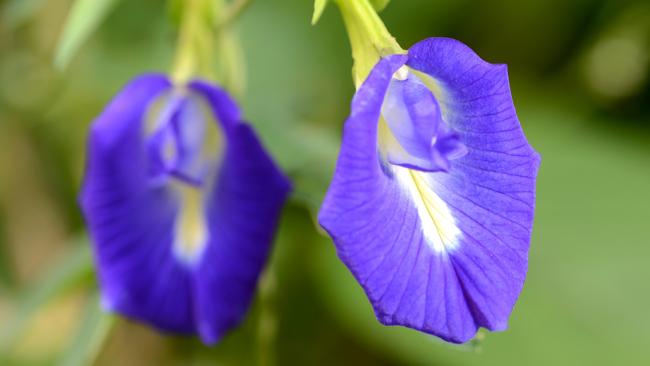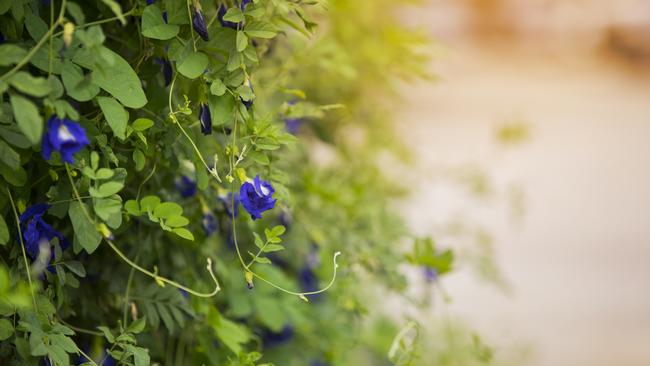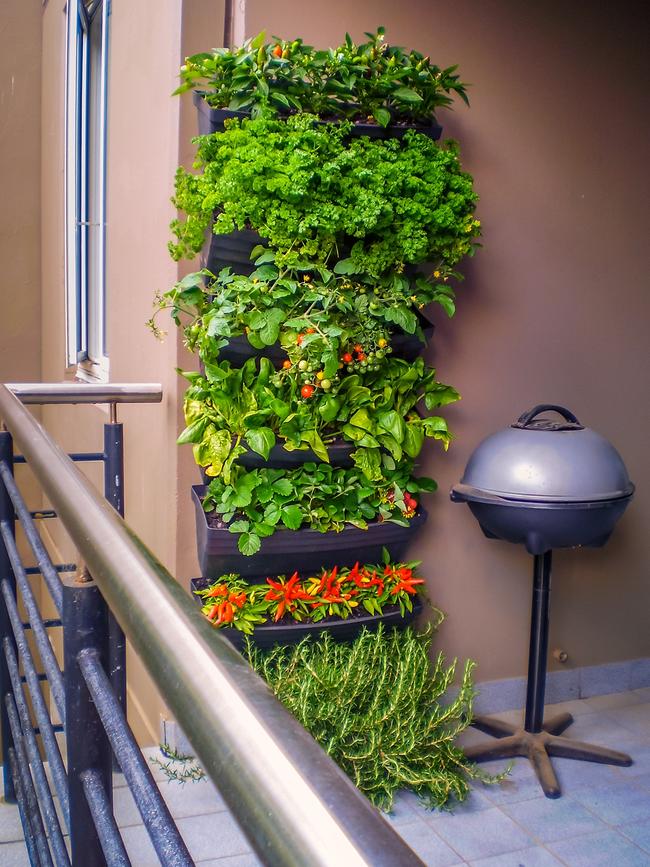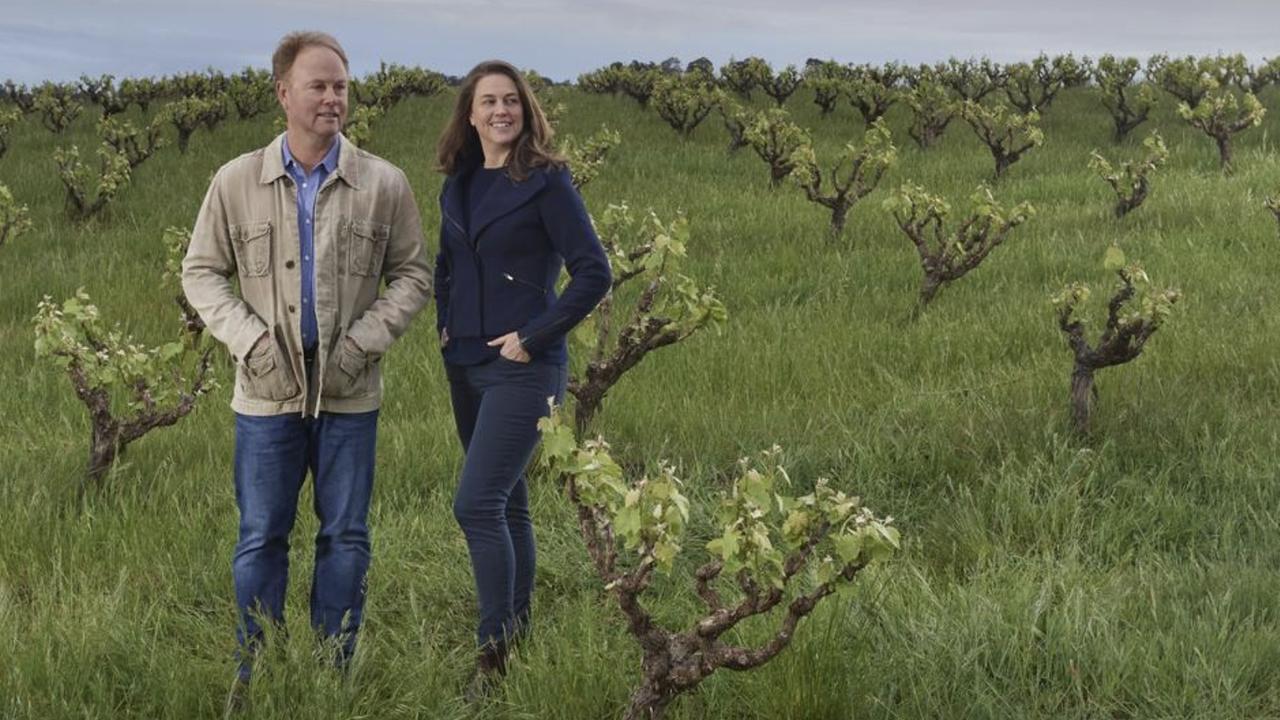Butterfly pea: what can’t this amazing plant do?
Butterfly pea is more than just a pretty face. It’s used in farming, medicine, food colouring, cosmetics and as a natural insecticide.

Butterfly pea is more than just a pretty face. Clitoria ternatea, also called Asian pigeonwings, conch flower and bluebell pea, is a deciduous vine or creeper used in agriculture, medicine, food colouring, cosmetics and as a natural insecticide. Its exact Asian-African origins are uncertain but it has naturalised across the world’s tropics. Grown as a nutritious pasture legume, it has “escaped” and is now considered an environmental weed across our Top End.
The flowers can be white, mauve or blue, but the most intense shades of blue have the highest content of anthocyanins, rich in antioxidants. Natural blue colourants are rare, so they offer an alternative to synthetic food colours; the flowers are used to colour desserts, rice and teas and to dye cloth.

Curiously, butterfly pea flower infusions change from blue to pink when something acidic is added. Ink Gin, made in northern NSW, is deep blue from butterfly pea flowers and changes to blush pink when tonic water, lemon and lime are added. In blue butterfly tea, lemon juice (added with honey) produces the colour change. When the pH is raised, traditionally by adding saffron, the blue changes to aqua green.
The plant’s leaves, tender shoots and young bean pods are all edible. A deep, extensive root system allows it to survive for six months without water, but it grows best with plenty of rainfall in temperatures of 24-32C. Like most pea-family members, its roots are able to fix nitrogen, enriching the soil; its ability to grow quickly in heavy or shallow soils makes it a valued forage or green manure crop. The pods are high in protein; it can also be cut for hay and silage.
Pharmaceutical studies have shown extracts can enhance cognitive function and demonstrate anti-inflammatory and analgesic activity, with potential use as an anti-diabetic. Other studies point to exciting anti-microbial, anti-fungal and anti-bacterial properties.
Clitoria ternatea contains potent insecticidal molecules – cyclotides – used in a biopesticide that is safe for humans and bees. Called Sero-X, it was developed in Australia more than 20 years ago after a scientist working near Wee Waa, NSW, noticed the plant wasn’t being attacked by insects. Sero-X is used to manage heliothis caterpillars, silverleaf whitefly and green mirid bug on cotton, some vegetable crops and ornamental plants; further research is investigating uses against root-knot nematodes and parasitic worms.
Q&A
Some pea plants have sprouted from my pea straw mulch. Should I let them grow? Jan Harkin, Melbourne
Pea straw is the residue of various field pea crops, grown for dried peas or stock feed. It’s common to get sprouts; you can pull them out or let them grow. Although different to garden peas, they are edible, especially when picked young.
My wife loves cherry tomatoes but they’re growing over my Tahitian lime. Could they kill it? Gary Wilson, Highfields, Qld
They’re unlikely to kill the tree but they can cause harm. Thick foliage excludes light, limits photosynthesis, weakens the tree and could reduce flowering. Closely intermingled foliage can harbour pests.
I bought a Richgro winter vegetable grow bag. Are they good? It’s black plastic so would it get too hot in summer? Jan Holmes, by email
They’re essentially a bag of potting mix with fertiliser. You lay them flat, poke in drainage holes and cut out planting holes. They’re fine for small vegetables and herbs but would heat up in summer and will need frequent watering. Lightweight fabric grow bags, usually with handles, are reusable but you need to buy potting mix separately.

Send your questions to: helenyoungtwig@gmail.com or Helen Young, PO Box 3098, Willoughby North, NSW 2068. The best question for May wins two boxes of 10 Wallgarden modules giving 2 sqm of planting space, worth $190; wallgarden.com.au. April’s winner is John Scott from Perth for his question about tea leaves.



